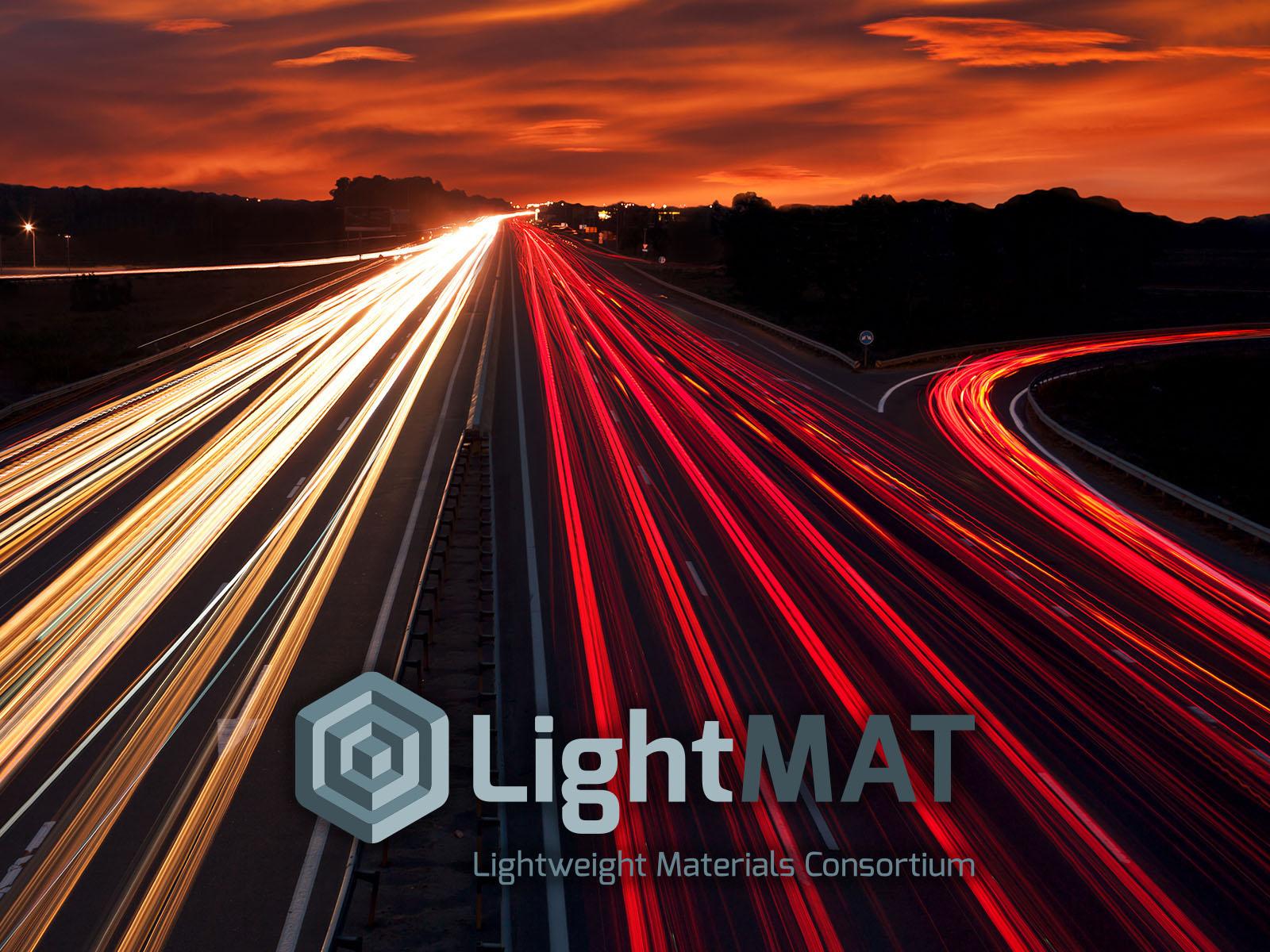LightMAT Consortium
Collaborating with industry to accelerate new lightweighting technologies for on-highway vehicles

Collaborating with industry to accelerate new lightweighting technologies for on-highway vehicles

Lighter-weight vehicles translate to increased fuel efficiency. According to the U.S. Department of Energy (DOE), automotive components made of high-strength magnesium, aluminum, carbon fiber, and composites can reduce a vehicle’s weight by 50 percent, thereby reducing fuel consumption.
DOE’s Vehicle Technologies Office formed the Lightweight Materials Consortium, or LightMAT, to accelerate the development of new lightweighting technologies for on-highway vehicles. Led by PNNL, LightMAT provides a forum for automotive suppliers and original equipment manufacturers to partner with 11 DOE national laboratories.
Launched in 2016, the consortium provides annual funding opportunities for industry to submit proposals to use the national laboratories’ expertise and capabilities. Selected projects receive up to $500,000 in assistance over two years.
Beyond leading the consortium, PNNL materials experts have partnered with industry heavy hitters as part of LightMAT-funded projects. For example, PNNL joined forces with automotive supplier Magna to evaluate protective coatings that mitigate corrosion on magnesium alloys used to manufacture vehicle components.
In another project, PNNL collaborated with industry partner Arconic to investigate alternative, less-costly materials to replace heavy chassis components. The team found that one alternative, a lower-cost titanium diboride, could reinforce and strengthen existing lightweight metal-matrix composites.
With expertise in lightweight materials, PNNL is helping DOE move the automotive industry—and the nation—toward the next generation of light automobiles.